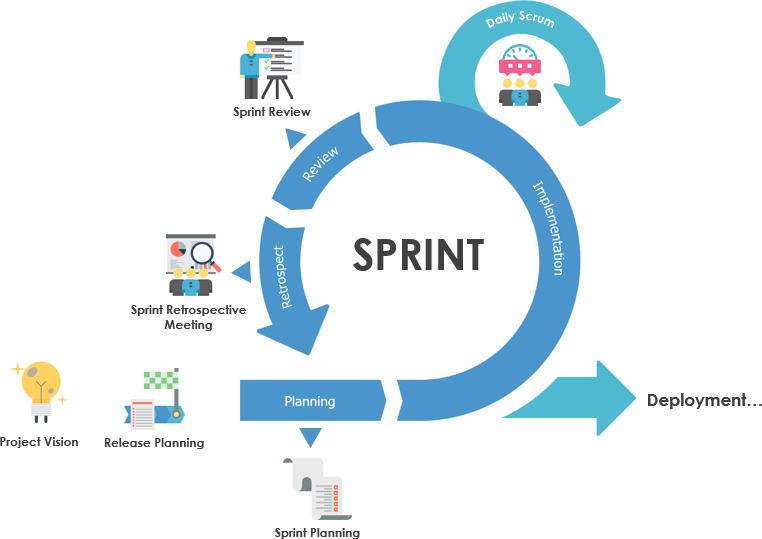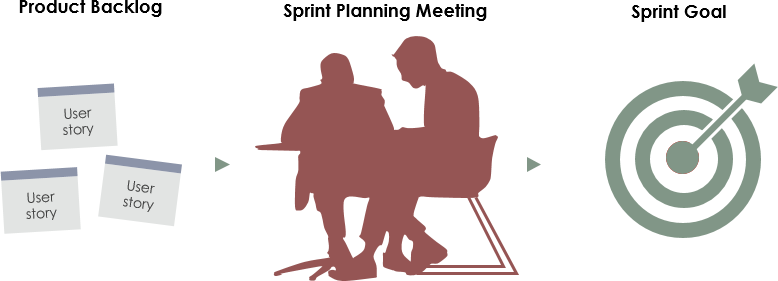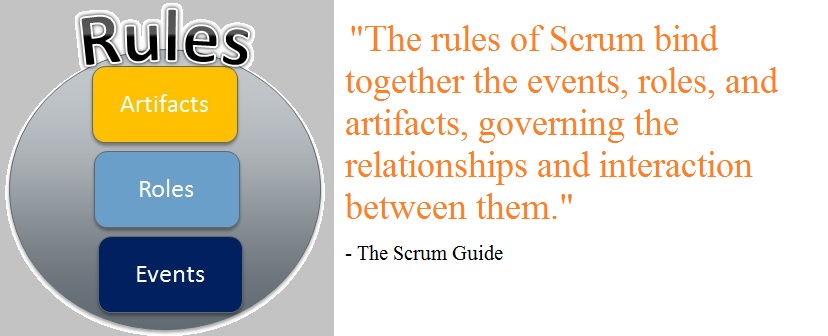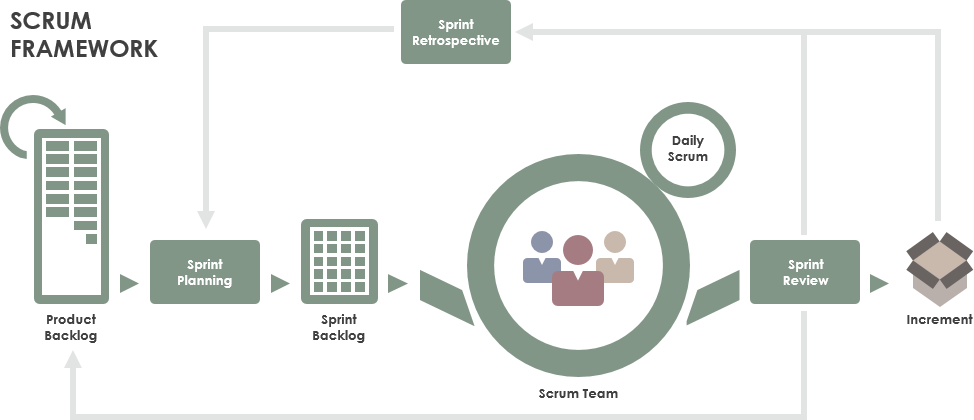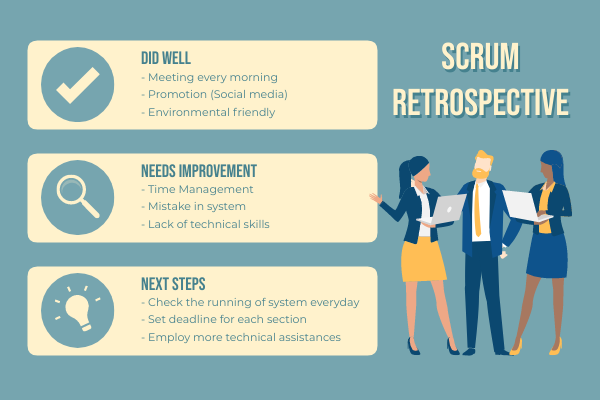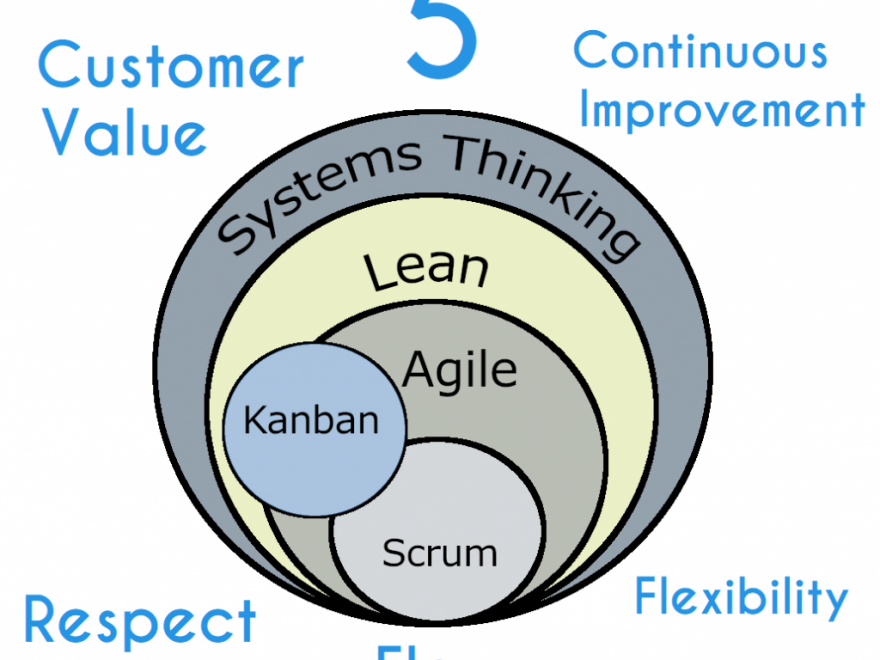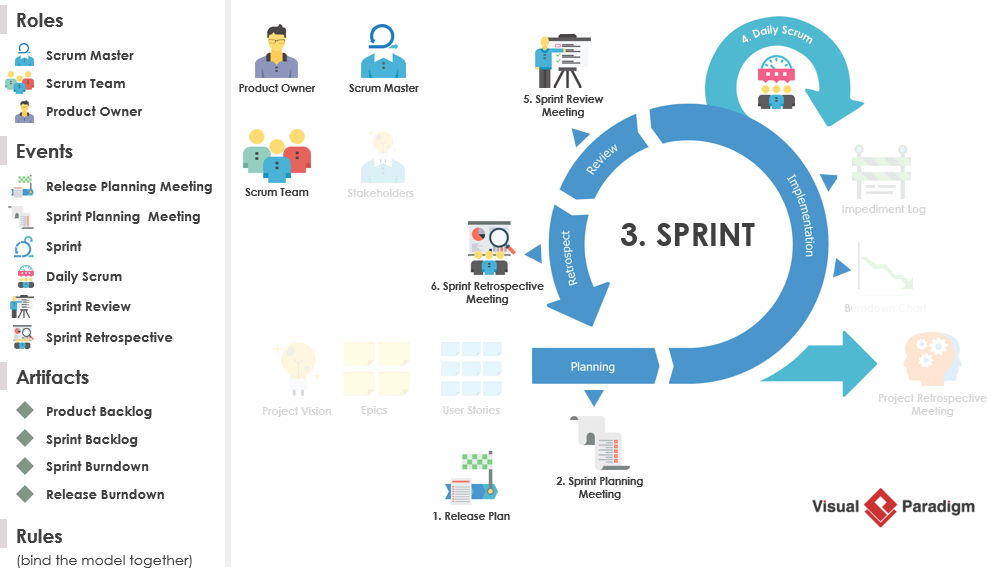As described in the Scrum Guide, the Scrum framework consists of Scrum teams and their associated roles, events, artifacts, and rules. However, Scrum rules are not as easy to identify as roles, events, and artifacts. This list attempts to extract these rules for conducting Scrum events and provide them as a supplemental resource to the Scrum Guide.
Continue reading

